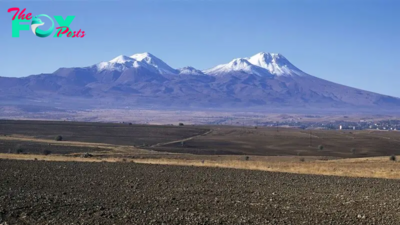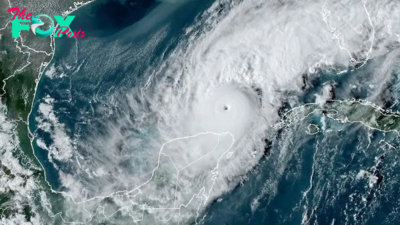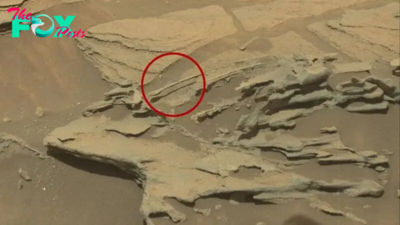Science
Space photo of the week: James Webb telescope snaps stunning 'tapestry of star birth' peppered with cavernous galactic voids
What it is: Star-forming region NGC 604.
When it was published: March 9, 2024.
Where it is: 2.73 million light-years from Earth.
Why it's so special: The James Webb Space Telescope (JWST) recently captured two highly detailed photos of the gigantic star-forming region NGC 604: one using its Near-Infrared Camera (NIRCam), which shows the region in red and orange; and another using the Mid-Infrared Instrument (MIRI), which captured pale blue hues.
Both images highlight cavities, or bubbles, carved out of the surrounding gas and dust by young, rapidly growing giant stars. Previous images of NGC 604 have never revealed these pockets of emptiness in so much detail.
The photos "etch a more detailed and complete tapestry of star birth than seen in the past," NASA representatives wrote in a statement.
Related: Space photo of the week: 'El Gordo' galaxy cluster shakes its guts in largest-ever magnetic field map of space

NGC 604, which spans around 1,300 light-years across, is located in the Triangulum Galaxy (Messier 33). The stellar nursery is around 3.5 million years old, which is relatively young for this type of structure.
The region contains around 200 stars, all of which are either B-type or O-type stars — two of the largest types seen in the universe. B-type stars are often around 10 times more massive than the sun, while O-type stars can be up to 100 times the mass of our home star. Both types are also several times hotter than the sun.
"It's quite rare to find this concentration of them [B- and O-types] in the nearby universe," NASA representatives wrote. "In fact, there's no similar region within our own Milky Way galaxy."
—Space photo of the week: Warped 'hummingbird galaxy' guards a cosmic egg
—Space photo of the week: Hubble catches a 'baseball galaxy' with a black hole heart
—Space photo of the week: Battling black holes pull two galaxies apart
The clouds of material in the photos, which appear orange and red in the NIRcam image and pale blue in the MIRI image, are predominantly made up of molecular hydrogen and polycyclic aromatic hydrocarbons (PAHs), which both play an important role in star formation. The molecular hydrogen comes from dead stars that exploded in supernovas, but scientists are unsure where PAHs originate in space, according to NASA.
The main difference between the two images is that fewer stars are visible in the MIRI image. This is because stars shine less brightly in mid-infrared, so the dimmest stars can't be seen.
-

 Science1w ago
Science1w agoYou Won’t Want to Miss October’s Rare Comet Sighting. Here’s How and When You Can See It
-

 Science3w ago
Science3w agoA New Spacecraft Could Help Determine if There’s Life on a Moon of Jupiter
-

 Science3w ago
Science3w agoWe Can Thank Deep-Space Asteroids for Helping Start Life on Earth
-

 Science3w ago
Science3w agoStranded Astronauts Set to Come Home After SpaceX Capsule With Extra Seats Reaches ISS
-

 Science3w ago
Science3w ago'Every volcano has its own personality': Mystery Mount Adams earthquake surge under investigation
-

 Science3w ago
Science3w agoEarth's crust may be building mountains by dripping into the mantle
-

 Science3w ago
Science3w agoHow strong can hurricanes get?
-

 Science3w ago
Science3w ago32 things on Mars that look like they shouldn't be there



























